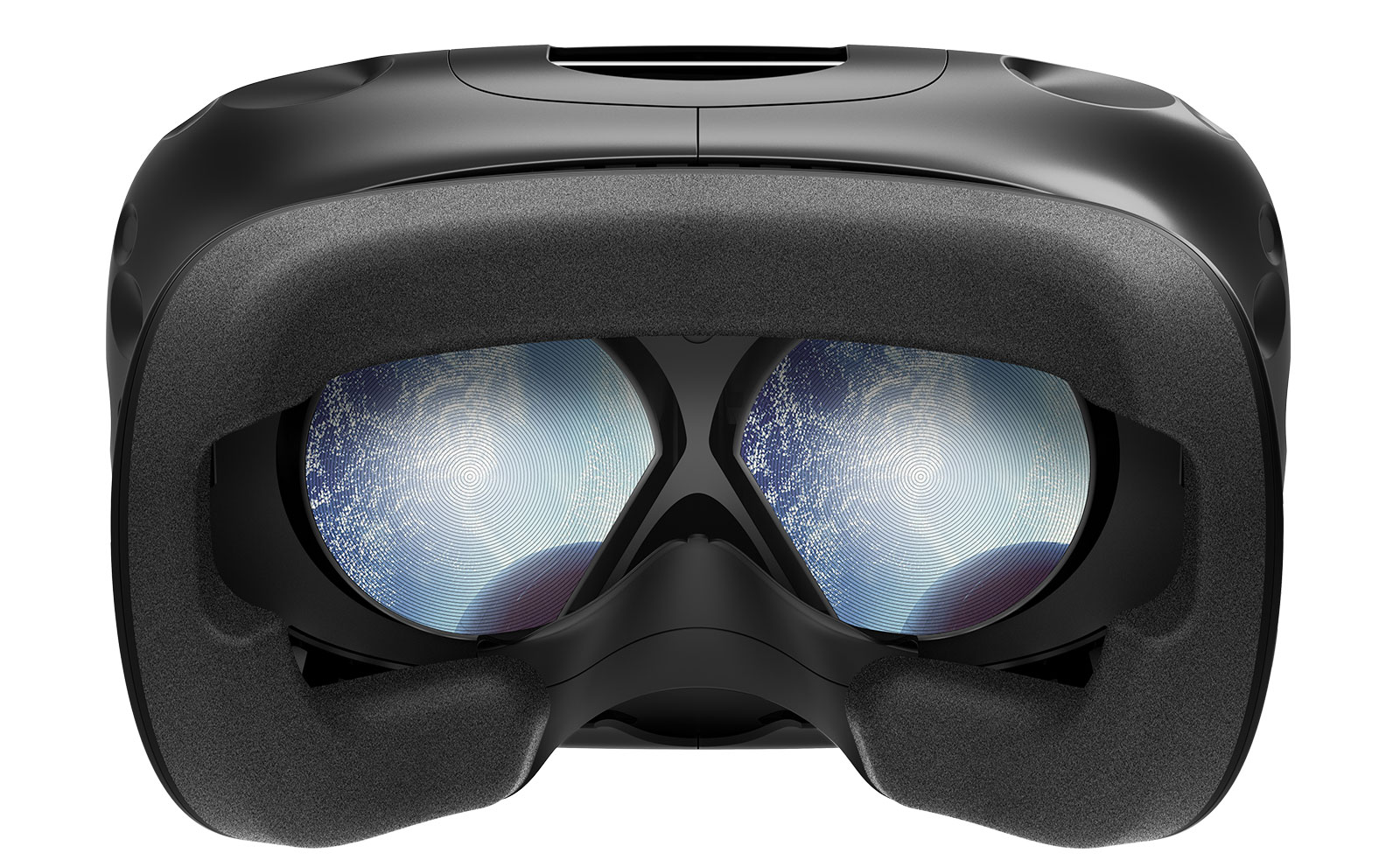Virtual reality already has a high cost of entry, but HTC is hoping a move to make the Vive less expensive helps. Will it?
We’re always good fans of a good deal, but you’d be hard-pressed to say early adoption of virtual reality gear is anything but the opposite.
Whether it’s because the hardware is too expensive, the area too new, or just the fact that early adoption of new technology is generally higher priced than most are willing to pay, starting out with virtual reality is anything but cheap.
In fact, the only “easy” and “well-priced” aspect of virtual reality seems to stem from mobile-based VR, with devices like the Google Daydream View VR and Samsung Gear VR giving folks who have already bought a compatible phone a gateway to the virtual reality craze for between $100 and $150.
But the good stuff requires a bigger headset with depth sensors, not to mention a powerful computer able to process the interactive worlds with better graphics and more resolution.
Aside for not including that aforementioned powerful computer, “the good stuff” tends to be expensive, with every hardware headset costing more than most are willing to spend. As such, the Oculus Rift tends to cost $1050 in Australia, while the HTC Vive hasn’t been far off, though this week, that’s changing.
Specifically, HTC is cutting the cost of its Vive VR headset, dropping the previously $1299 cost down to $999, and bundling in five titles to get folks started, including Google’s Tilt Brush.
“Our goal at Vive has always been to offer the best and most advanced VR system, and drive mass market adoption for VR across the globe,” said Cher Wang, Chairwoman for HTC.
“We’re continuing to deliver on that commitment with this new price for Vive, making VR more accessible to a broader audience and driving the entire VR industry forward,” she said.
Even with the price drop, it’s pretty clear the Vive still faces what appears to be an early adopter tax, thanks in part to the cost of virtual reality technology.
About the only hardware headset that escapes this cost conundrum is Sony’s PlayStation VR, because while it requires a PlayStation 4 (PS4) or PlayStation 4 Pro, many already have one of those, and so the extra cost of $549 balances out.
And really that balance is what customers are looking for, giving Sony a bit of an edge here with a device — the PS4 — that is made for gaming and a counterpart that lets people experience what the next level of gaming offers, with a price that is also fairly balanced.
That may end up being the problem of the HTC Vive, because while a price drop of $300 to $999 is much more appetising than what it cost upon release last year, it is still by no means cheap, and if you’re looking for a way into VR, it still might not really be it.
Do we think the price drop will make more people consider HTC’s Vive? Absolutely, but do we think scores will run? Probably not.
If anything, the price drop will likely kick the other manufacturers into gear, with Oculus likely dropping its price and possibly Razer with its HDK model alongside.
In fact, Oculus appears to have kicked in a price drop at least for the moment, dropping the Rift down to $449 USD and translating to just below $600 AUD before shipping.
While we’re not sure how long this will stick around for, price drops will no doubt help improve the chances of VR to be adopted by more than just the early birds, and that can only be a good thing.






